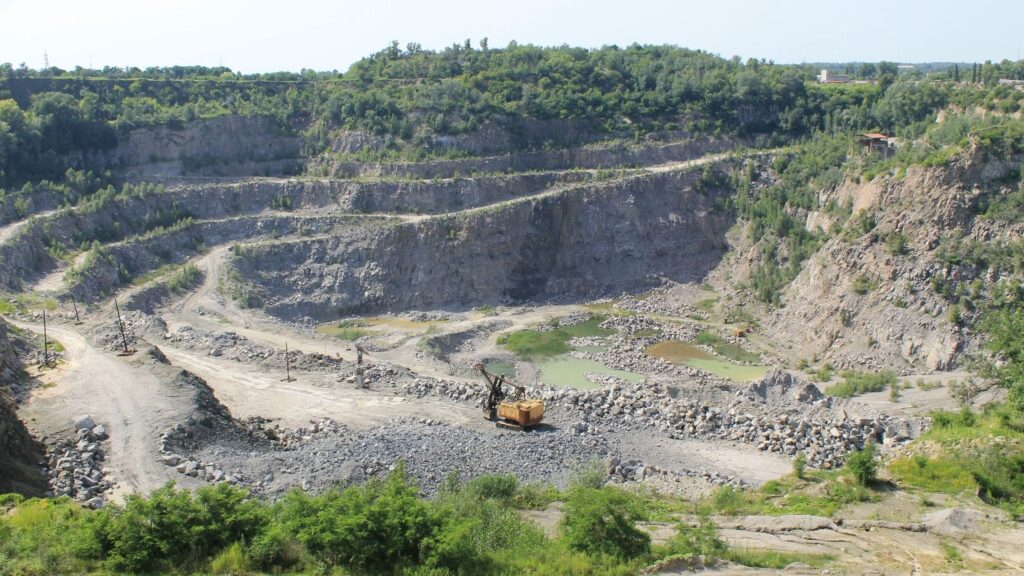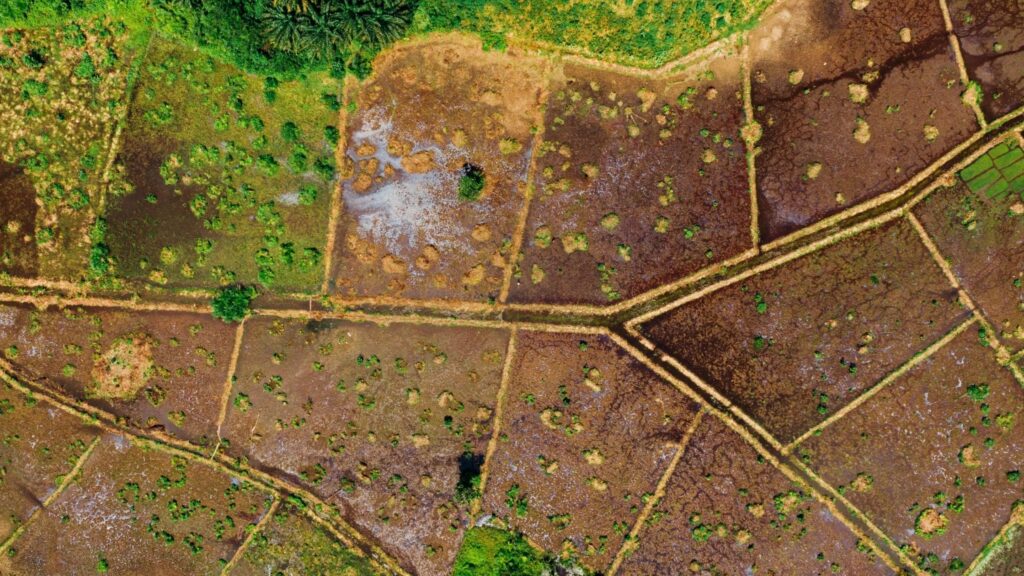What are the main units of measure for mineral acreage?

The main units of measure for mineral acreage include gross acres, net mineral acres (mineral acres), and net royalty acres.
Gross Acres
• The term “gross acres” refers to the amount of land leased by extraction companies for the sake of extracting resources for sale.
• Investors like oil and gas companies and mineral buyers can determine the potential of a resource and the size of a project by estimating the gross mineral acres of a natural resource.
• Investors can assess the risk profile – as well as the profitability of a company – by using gross and net acres.
• Gross and net acres are also calculated for specific projects and oil and gas lease agreements.
Net Mineral Acres
• Net mineral acres refers to the total acreage owned out of the gross total.
• Your mineral interest is the fraction you own out of the gross tract acreage.
• Since multiple parties often split the gross acreage, the net mineral acres is the portion of land that you have rights over.
Net Royalty Acres
• The term net royalty acre represents the amount of money you get for one acre.
• This is a term often used when mineral and royalty buyers wish to calculate the total potential value of a property. They typically do this before triggering a transaction, such as agreeing on oil/gas leases.
• You can overestimate or underestimate your potential profits when you try to sell your property to a mineral buyer without determining your net mineral acres.
• If you know the net mineral acres and royalty, you can calculate your net royalty acre.
What is a mineral acre?
A mineral acre refers to a complete mineral interest in a single acre of land. You must consider the number of acres and the percentage (or fraction) of your mineral interest to estimate the net mineral rights. Then, you multiply the mineral interest by the gross acreage. With a 30% interest in the minerals under a 500-acre tract of land, the net mineral acre will be 150 (500 × 0.3 = 150).
This formula can help you estimate the number of net acres that belong to each party once you can estimate the mineral interest. If you can calculate net mineral acres, you can easily calculate your net royalty acres. This is crucial in terms of evaluating your mineral rights value before selling.
What Are Net Royalty Acres?
The net royalty acre is a term that explains the mineral royalty interest in one-eighth of 8/8 in one acre of land. Simply put, this is the number of mineral acres if leased at a 12.5% royalty.
Calculating the net royalty acre is critical since it helps compare different tracts of land within an area. For instance, you may come across a mineral owner with an offer for their interest, which stands at $7,000 per net mineral acre. Once you know their royalty rate, you can compare that offer with others available in the same region.
How do you calculate the net royalty acre? Two different methods will be introduced.
Method 1
This method was adopted when a ⅛ royalty stood as the standard rate. Back in the 1950s, it helped prevent any misunderstanding regarding royalty assignments. It was concluded that 1 NRA equals 1 NMA leased at 12.5%. Since 12.5% (or ⅛) is not the lease rate anymore, the industry needed to adjust to a higher rate than would correspond to ⅛.
For instance, there are 150 NMA leased at 20%, and an offer to buy for $150,000.
150 NMA × 8 × 0.2 = 240 NRA to ⅛
The price per NRA is then given as $150,000/240 NRA to 1/8 = $625
However, it must be stressed that ⅛ is no more the usual lease rate. For this reason, the formula used above can inflate the numbers to ensure that your net royalty acres can seem higher than the number of net mineral acres you own.
Method 2
This second method of estimating net royalty acres is sometimes regarded as NRA to 100%. This can help you calculate your share of a well’s production. Besides this, you can understand the value of the minerals extracted with this calculation. An example will illustrate this better.
If there are 150 NMA leased at 20% and an offer to buy for $150,000.
150 NMA × 0.2 = 30 NRA
To calculate the price per NRA, $150,000/30 NRA = $5,000 per NRA
You can decide to go a step further by estimating what your interest is in a wellbore. You can do so by dividing the NRA calculated above by the drilling space unit (DSU).
For instance, we have 1300 drill space units. The wellbore interest becomes 20/1300 = 0.0154.
If the minerals are not currently leased, estimate the NRA by using the royalty rate you could lease those minerals for on the open market. Typically, this ranges from one basin to another.
What is the difference between net mineral acres and net royalty acres?
While both terms often sound similar, two distinct differences cannot be neglected. These differences are based on certain aspects of your property.
So let’s examine net mineral acres vs net royalty acres.
It must be stressed that net mineral acres can highlight the physical amount of land concerning the interest rate. However, it cannot explain the amount that your property is worth.
Besides this, NRA and NMA can be used to purchase or sell mineral rights in various ways. With this in mind, it is safe to affirm that the NMA results in the NRA. The latter represents the crucial price when you wish to determine the potential royalty interest equal to a given tract of land.
Converting your net mineral acres to net royalty acres is easy. If you are adopting the old method (1), simply multiply a decimal value of your royalty percentage by 0.125 and your NMA. However, if you use the new method (2), just multiply a decimal value of your royalty percentage by your NMA.
We can all agree that putting your mineral rights for sale is a huge decision. If considering it, you must acquaint yourself with the terms net mineral acre and net royalty acre. Estimating their values can mean you get the best deal possible. You can work with a company to simplify this process and get the best value from your property.
What are some real examples where net mineral acres and net royalty acres are involved?
As mentioned earlier, if you wish to know the physical amount of your land, for the royalty interest rate, then NMA can be involved. However, you cannot use NMA to calculate the worth of your property. That is where net royalty acre comes in. NRA can be used to calculate the value of your land in dollars.
For example, if you own a 25% mineral interest on an 800-acre tract of land, your net mineral acre is 800 × 0.25, which gives 200 NMA. Again, this value will not calculate the worth of your land. It only explains the physical amount of land you possess and, in this case, 200 NMA.
If you wish to know how much you can sell your mineral rights for, you need to estimate your NRA. If your 200 NMA is leased at 30%, and there is an offer to purchase at $100,000, you can calculate your NRA.
As stated above, your price per NRA becomes $100,000/(0.3 × 200), which gives $1,667. With this, you can set a value for your property.
Furthermore, note that when estimating a property’s value, the first step for mineral owners is to determine the physical amount of land you own (which is a measure of your NMA).
Why it is important to understand different mineral acres and how to calculate them
If you wish to offer your mineral rights for sale to oil and gas investors, you must know their worth. With this in mind, it is crucial to work out the value and number of net acres. Calculating the various mineral acres will ensure you make informed decisions. Besides, regardless of how or when you wish to sell, you must acquaint yourself with your royalty interests. This helps you confirm that the amount of royalties you are paid on a well is correct.
Conclusion
A term you often hear when dealing with land is “acre.” When exploitable minerals are present on a piece of land, mineral interests are involved. In this case, the terms “net mineral acres” and “net royalty acres” come in. Do you wish to obtain a fair value for your mineral interest? Then you must understand the difference between the two terms. With correct estimations, you can compare offers, whether you are buying or selling.
FAQ
1. How many royalty acres are in a mineral acre?
The amount of royalty acres present in a mineral acre depends on the lease rate. The fraction of this rate multiplied by your NMA gives your NRA. In other words, there is the reciprocal of the fraction (of the lease rate) of the royalty acres in the mineral acres.







